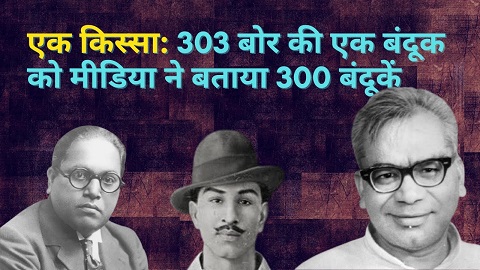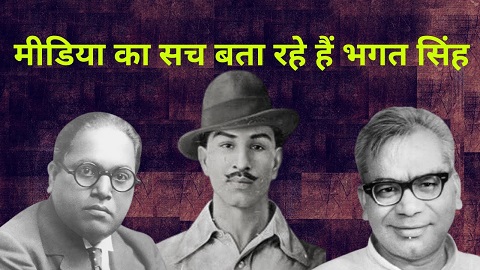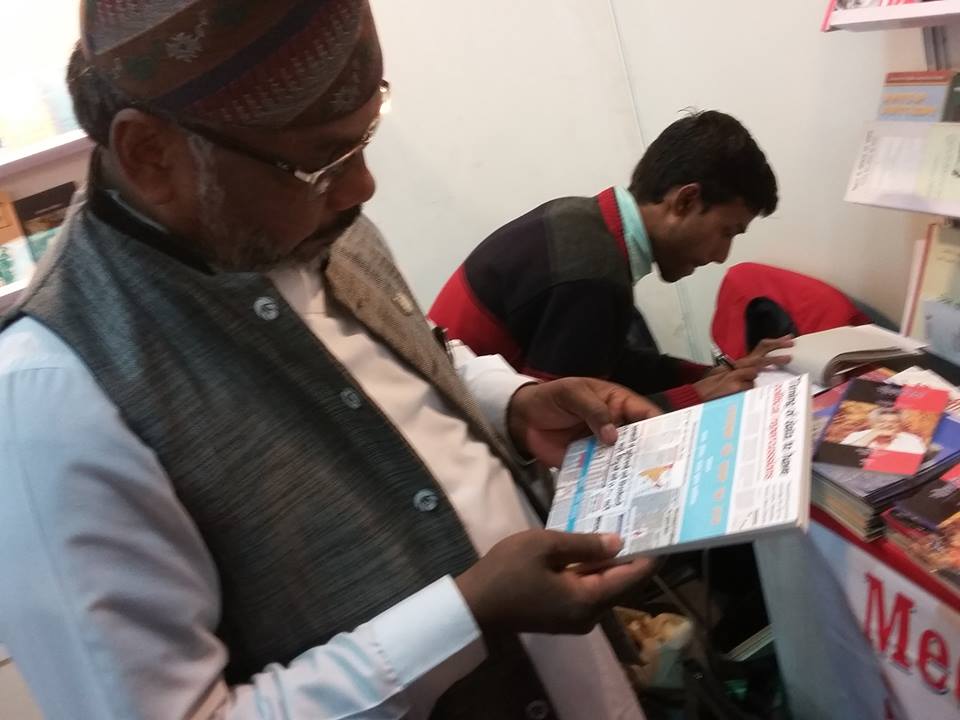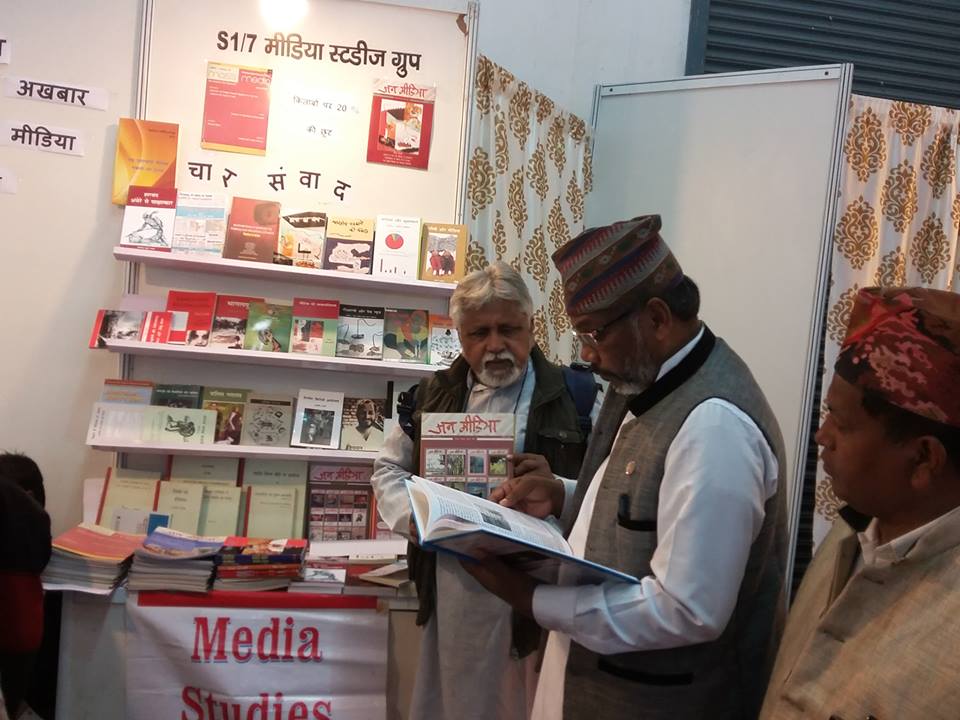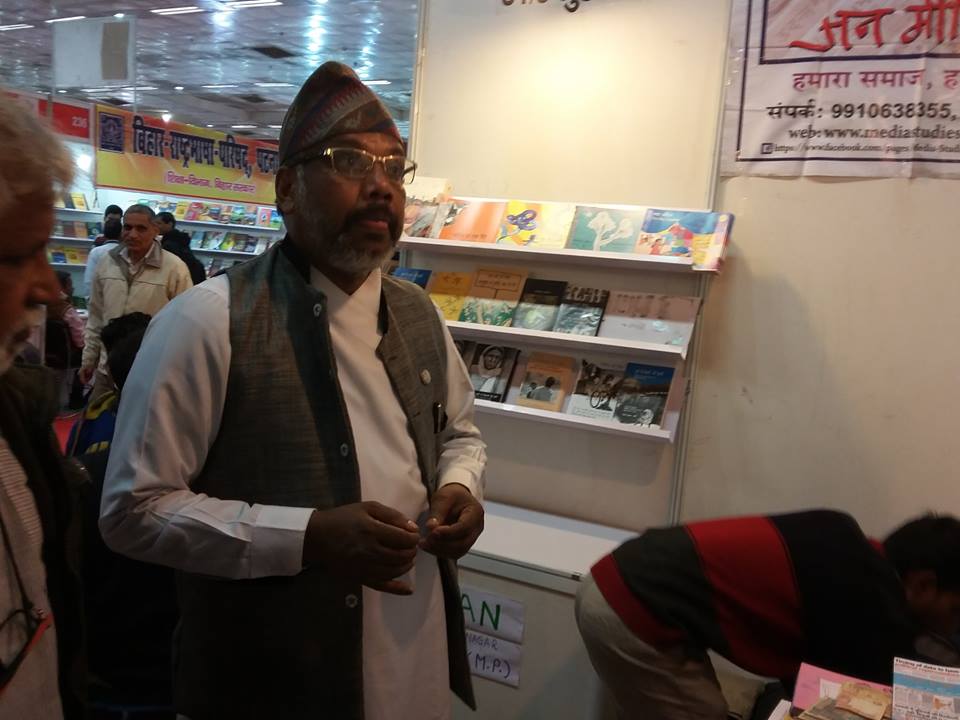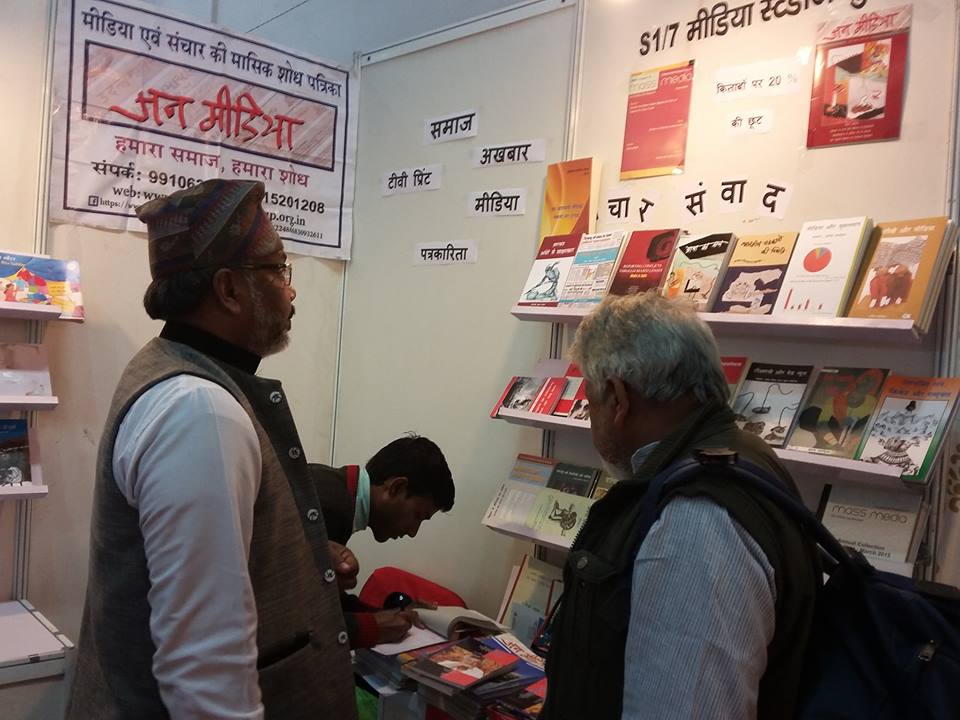Speaking on the eve of appointment of JP Nadda as president of ruling BJP in the place of Home Minister Amit Shah recently in Delhi, Prime Minister NarendraModi advised his party workers to “forge a direct link with the people and should not depend on the mediums of communication (madhyam) which will not go to support us”. Madhyam, that is the media, he was referring to. Also, he accused a section of media for favouring Congress, which is spreading lies against the government, particularly against CAA-NRC-NPR.
A popular aphorism is: Don’t shoot the messenger. Mr. Modi is well aware of that. But he seems to be resorting to a strategy: ‘reprimand the critical media and pressurise the lapdog media’ to elicit maximum dividend for the government and to dissuade uncomfortable coverage of the protests against CAA –NRC-NPR. As usual for the politicians, it is easy for the Prime Minister to make the media a scapegoat for his government’s hurried enactment of the Citizen Amendment Act (CAA) which prompted unexpected spontaneous and angry protests throughout the country with students, youth and Muslim women leading them. He also seems to be following US president Donald Trump’s tactics of raising a cry of ‘fake news’ whenever caught on the wrong foot. In fact, the CAA and its allied programs have sent an unpalatable message tinkering existential concerns among the people, particularly the Muslim minority.
But the finding fault with the messenger will serve the least purpose as the press freedom in India has already come down several notches below. India’s rank in this respect is 140 among 180 countries in the world. It means a large section of the mainstream media has already lost its independence and has been toeing the official line of the day. This is evident from the facts that even on social media, several media outlets and other netizen sites rarely dare to put any information that tended to be negative to the BJP government. And they get that deleted lest the IT cell should not come to know about that, lest the troll army should not target them.
As the protests against CAA peaked in last December, Zee News led by its flamboyant editor-in-chief Sudhir Chaudhary put to vote which percent of the people supported the CAA. A majority (52.3 percent) turned out against it. To prove his loyalty to the government, he pretended that his survey has been rigged. A similar post on Facebook brought 64 percent netizens opposing the CAA. But when the business TV CNBC- Awaaz found 62 percent of people are opposing, it deleted the results. The Hindi heartland daily, Dainik Jagran on Twitter said the protests against CAA are part of vote-bank politics but a majority, 54 percent of respondents did not agree to that concocted perception of the newspaper. The Isha Foundation of Sadhguru Jaggi Vasudev also ventured to moblise support to the CAA but found that of the 11,439 respondents 73 percent vehemently oppose it.
The government did not lag behind in its attempt to secure people’s support for the CAA and publicised phone numbers where respondents could make a miss call for the purpose. Home Minister Amit Shah claimed that 53 lakh verified calls supported the CAA. This a very small number – less than 1 percent of the population– even if these are the legitimate calls leaving aside some other controversial published numbers which turned out to be belonging Sunny Leone and sex chat etc.
The protests against the CAA are consistent and growing with no signs of abating in Assam, northeast, Delhi and Uttar Pradesh. Even in the south, the intensity of protests has been duly noted down and published by the international media. The Guardian and Reuters carried details of the Million March in Hyderabad. But the Indian mainstream media is either ignoring the protests or suppressing the facts about the people’s involvement. But it highlights Amit Shah bravado that the CAA would not be taken back let the opposition continue with their protests. A large section of electronic media is at the worst in arranging and conducting pro-CAA debates with a usual broadside against Pakistan. Barring Kashmir where the internet continued to be restricted for the past five months, the social media platforms are spreading videos and other protest-related material to convey a strong message against the CAA to the government and to help to sustain the people’s anger against it.
While all this is going on in full public view with Yogi government in UP brutalising of the Muslim minority, President Ram NathKovind is preaching that “Journalism should continue its pursuit of truth and justice”. Delivering a lecture on a recent function organised to distribute the RamnathGoenka Excellence in Journalism awards, the President said “Democracy is meaningful only when the citizen is well informed. In that sense, excellence in journalism grants full meaning to democracy. If journalism remains relevant, it has to retain its sense of mission, it has to claim its value of honesty and fairness. It has to, 24X7, reinforce its compact with citizens. That it will not bend, that it will always fight for the truth no matter what the consequence, and that it remains committed to finding the truth without fear or favour”. The President, however, bemoaned that “technology has given rise to a new breed of journalism which stands in contrast with traditional journalism”. Advising the media persons, he said, “Fidelity to facts, digging for the truth and keeping one’s lens clean and sharp is imperative”.
How come the President is not aware of what the government of the day is doing and to what low a larger section of the Indian media has stooped to. His official speechwriter must be aware of how the media is faring now. Pious words of the President on the media, however, present a palpable contrast to ponder over even in the higher echelons of the government. Idealistic presentation of journalism from the head of the Indian Republic will go down in the history marking an unbridgeable gap between the golden percept and the obnoxious practice that the rulers would like to have.


